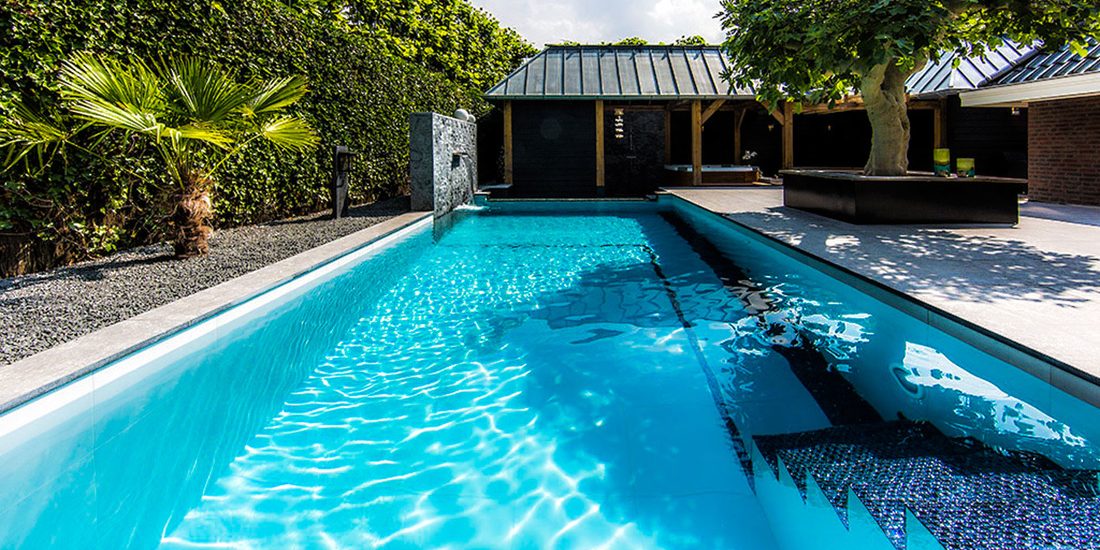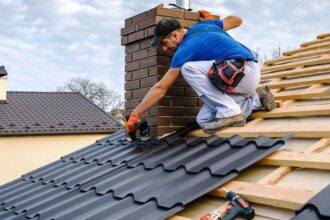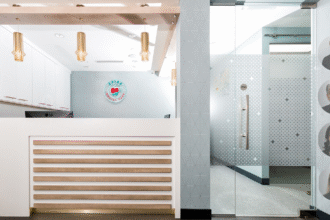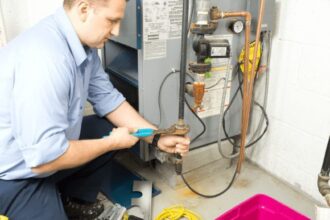Commercial pools get a lot of use. Whether at a hotel, gym, school, or apartment complex, pool surfaces wear out over time. Cracks show up. Stains settle in. The water might not even look clean anymore. This isn’t just bad for business—it can also be a safety hazard.
That’s where commercial pool resurfacing comes in. It’s not just about looks. A smooth, strong surface helps prevent slips, protects swimmers, and saves money on repairs in the long run.
Let’s dive into what causes damage, how to fix it, and why smart resurfacing is a must for any public-use pool.
The Business Impact of a Neglected Pool Surface
How Pool Appearance Affects Customer Perception
First impressions matter. A clean, fresh pool shows guests you care about details. In places like resorts, country clubs, and wellness centers, the pool is often a highlight. A bad surface sends the wrong message.
Dirty tiles and chipped plaster look unprofessional. Even if the water is clean, damaged surfaces create doubt. For tenants, gym members, or hotel guests, this could mean lost business.
Compliance Risks and Potential Lawsuits from Surface Issues
In the U.S., commercial pools must meet health and safety codes. These rules are set by local health departments and can vary by state. Ignoring cracks or slippery surfaces could lead to:
- Failed inspections
- Hefty fines
- Liability lawsuits if someone slips or gets hurt
By resurfacing on schedule, you reduce legal risks and stay compliant with safety standards.
Solutions: Modern Pool Resurfacing Materials and Methods
Comparing Plaster, Quartz, Pebble, and Tile Options
Each surface type has pros and cons. Picking the right one depends on budget, use, and design goals.
- White plaster is the most basic and affordable. It looks clean but may wear faster.
- Quartz aggregate lasts longer and resists staining. It has a smooth texture and light sparkle.
- Pebble finishes are very durable and natural-looking. They’re ideal for luxury or high-end settings.
- Glass tile is the most expensive but offers top-tier design and longevity.
Many commercial pools now use quartz or pebble finishes because they hold up better under heavy use.
Advances in Slip-Resistant and UV-Protective Coatings
Modern materials don’t just look better—they perform better. New surface coatings offer:
- Slip resistance to help prevent accidents
- UV protection that stops fading and keeps colors bright
- Algae-resistant properties that reduce cleaning needs
These advances help you maintain a cleaner, safer pool for longer periods between resurfacing projects.
Common Problems with Aging Commercial Pool Surfaces
Cracks, Stains, and Leaks: Signs It’s Time to Resurface
Over time, pool surfaces can show signs of wear. Chlorine, sunlight, and heavy foot traffic all speed up aging. You might see:
- Hairline cracks in plaster or tiles
- Dark stains that won’t come off
- Rough spots that hurt swimmers’ feet
- Leaking water that raises your utility bills
These problems only get worse if ignored. Cracks can turn into leaks, and rough areas can lead to cuts or infections. A clean, sealed surface is safer and easier to maintain.
Dealing with Increased Maintenance Costs Due to Deterioration
Older surfaces need more chemicals to stay clean. Filters work harder. Water gets cloudy faster. You may notice:
- Rising costs for pool chemicals and cleaning
- More downtime for patch jobs or repairs
- Frequent complaints from guests or residents
Instead of chasing problems, resurfacing offers a long-term fix.
Scheduling and Budgeting for Commercial Pool Resurfacing
How to Plan Resurfacing with Minimal Downtime
Closing a pool means lost revenue. But planning ahead makes all the difference.
- Choose off-season months for lower traffic
- Give tenants or guests early notice
- Work with crews who specialize in commercial timelines
Most resurfacing jobs take 7–14 days, depending on pool size and surface type. Fast-setting materials can shorten that even more.
Cost Factors and ROI: When It’s Worth the Investment
The cost of resurfacing depends on:
- Pool size
- Surface material
- Repair needs before resurfacing
- Location and labor rates
Yes, it’s a big investment. But compare that to the cost of constant repairs, unhappy customers, or injury claims. Resurfacing every 8–12 years keeps your facility looking good and operating safely. It also protects your brand’s value.
How to Choose the Right Contractor for Resurfacing
What to Look for in a Commercial Pool Resurfacing Company
Not all pool contractors are created equal. Look for those who:
- Specialize in commercial pools
- Have strong reviews and licensed technicians
- Can show examples of past resurfacing work
- Offer clear timelines and warranty options
Choosing a contractor with real experience in resorts, public centers, or multi-unit housing ensures better results.
Questions to Ask Before Signing a Contract
Here are smart questions to ask:
- What materials do you recommend and why?
- How long will the project take, start to finish?
- Do you handle permits and compliance?
- Is there a warranty on workmanship or materials?
- What is your clean-up and post-installation process?
Asking the right questions keeps your project on time and on budget.
Conclusion: Keep Your Pool in Top Shape with Smart Resurfacing
A worn-out pool surface doesn’t just look bad—it can cost you in lost business, higher bills, and safety risks. Commercial pool resurfacing isn’t just a cosmetic upgrade. It’s a smart, strategic way to protect your property, your guests, and your bottom line.
Whether you run a hotel, gym, school, or public center, planning for resurfacing now saves bigger headaches later. With better materials and expert help, your pool can stay clean, safe, and inviting for years to come.

















